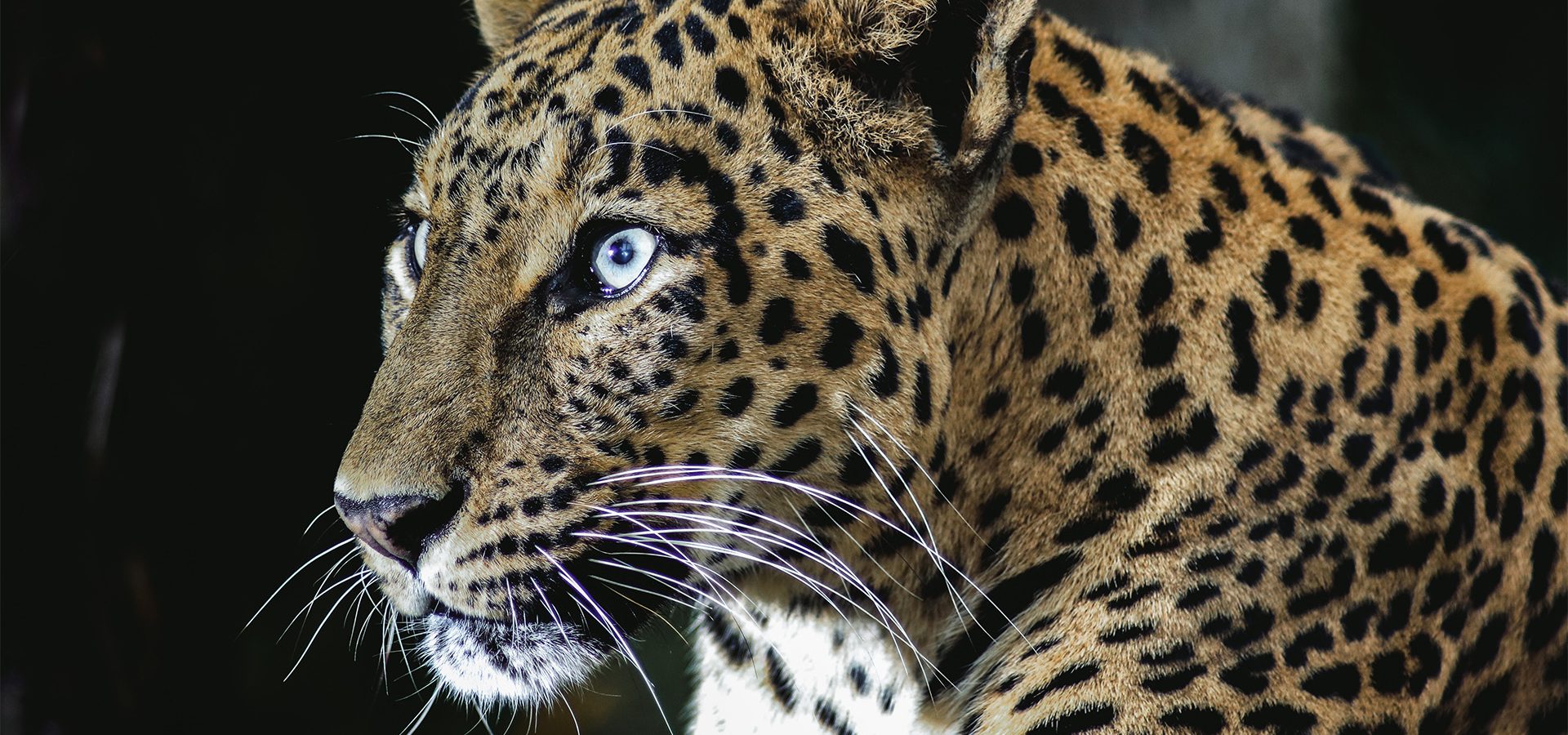After the curtains of the day fall, some members of the wild come out to play. Nocturnal animals add a different dimension to the night’s beauty in the wild. It is only in the dark that they begin their day… But how do they brighten the wild in the middle of the night?
One reason why human beings are diurnal is that we do not possess an eyesight strong enough to see in the dark. This is what sets nocturnal animals apart – an impeccable developed night vision allows them to move about easily through the thicket. Some nocturnal animals are active during the night to avoid predators that are active during the day. The environment these animals live in plays a role too. Desert animals, for instance, are nocturnal because not only do they avoid becoming a day-prey, but they’re also avoiding the day’s scorching sun.
Meet the nocturnal mammals
India is also home to a variety of wild animals who prefer working in the dark. However, spotting one can be an uphill task. Even setting up camera traps and monitoring them for days may yield no fruitful result. Pangolins, nocturnal mammals, are scaly anteaters and are rarely spotted in the wild. Bhau Katdare, an ex-Kabaddi player who is now a pangolin conservationist and naturalist, agrees. Since joining the cause, he has never seen a pangolin in the wild, which just goes to show how elusive these anteaters are. But there’s a reason that can be attributed to this: these shy, slow-moving animals are in high demand for their scales. That is why the pangolin is known to be the world’s most trafficked mammal.
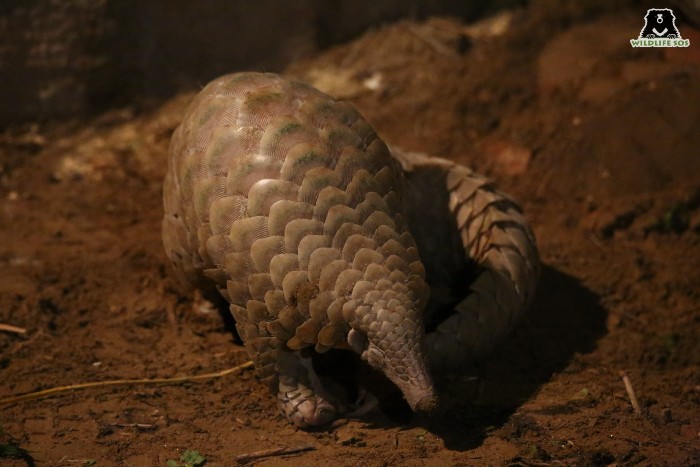
In Bangalore’s urban forest, a night animal is busy roaming the trees. This is the Grey Slender Loris, one of the earliest primates to walk the Earth and predates humans by thousands of years. The slender loris became nocturnal to avoid competition for food and space. Their eyes have a reflective layer at the back which gives them excellent night vision. These primates are arboreal, and their slender bodies allow them to move stealthily over canopies. But today, the slender loris is threatened by urban expansion. In the last 40 years, Bangalore’s green cover has reduced from 68% to a meagre 6%, which puts these canopy dwellers at high risk.
A lot of wild cat species, both big and small, are nocturnal in nature. Of these is a fishing cat. If you’re a wildlife photographer or a feline biologist waiting in the wetland marshes of Howrah, West Bengal, this is surely to be a test of patience just to spot one of these midnight hunters. This small cat saunters quietly to hunt for fish. With its webbed feet, swimming into the water to make a catch comes easy! Another small but fierce nocturnal felid is the rusty-spotted cat. These deft hunters are found in the tropical dry Gir forest in Gujarat. Unfortunately, both these wild cat species face human threat for preying on their domestic animals.
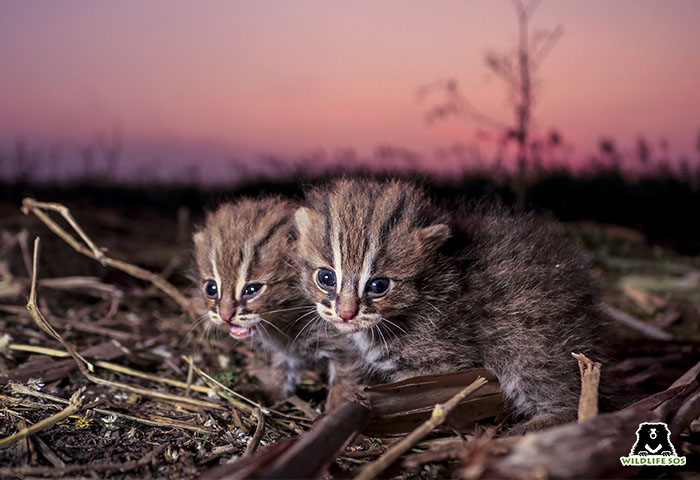
Haunted by myths and superstitions are bats, further misunderstood to be blind. These winged mammals have small eyes which allow them to see in the dark. In fact, bats belonging to the group called microchiroptera produce sound from their larynx to move and find prey. The sound waves bounce back from objects, creating a sonic mapping of their surroundings which is called echolocation. Meghalaya’s subterranean caves are home to nearly half of India’s bat species. In this landscape, bats are hunted for meat, and are threatened due to and active mining for limestone around these caves.
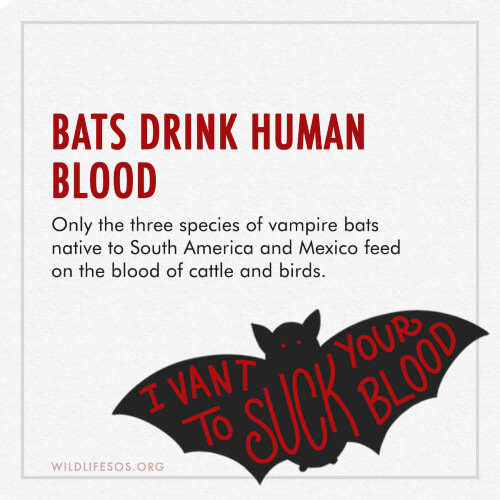
For centuries, folklore and superstition have misrepresented hyenas and they are perceived as harbingers of evil and often considered to be mounts of witches in several cultures, including books and movies (The Lion King). But this carnivore deserves much more appreciation for its role in an ecosystem. A nocturnal animal, the Striped Hyena typically emerges in complete darkness and returns to its lair before the sun rises. Since these animals are opportunistic feeders and scavengers, in Africa hyenas can mostly be seen in conflict in the wild with lions and cheetahs trying to snatch their prey. But in India, hyenas mostly face off with leopards for this purpose. Hyenas play a huge role due to their scavenging habits and act as cleaners in nature. But these animals are under severe threat due to man-made factors such as rail and road accidents, human-wildlife conflicts, hunting and poaching for body parts. Over the years, Wildlife SOS has rescued and treated several hyenas from automobile and train accidents, from falling into wells and from poachers’ snare traps.
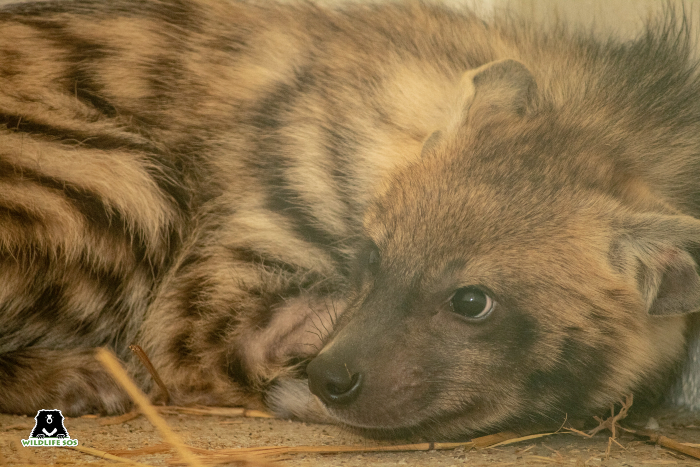
The Asian Palm Civet, also known as the common palm civet, is another night member which Wildlife SOS is familiar with. This nocturnal mammal is both arboreal and terrestrial, and is said to lead a solitary lifestyle. Its night time activity peaks during late evening, and late after midnight. Since a major part of the animal’s diet consists of frugivory such as berries and pulpy fruits, it thus helps maintain tropical forests through seed dispersal. Wildlife SOS has rescued numerous civets from the urban settings of Delhi NCR and Agra, the recent one being from the sole cutting room of a shoe manufacturing unit in Sikandra.
Nighttime residents of Wildlife SOS
Wildlife SOS’ Manikdoh Leopard Rescue Centre (MLRC) is home to over 30 nocturnal residents – the leopards. A leopard’s night vision is six times stronger than a human’s. Equipped with versatile hunting skills, they walk long distances at night to find their prey. Satisfied with their routine at night, leopards can laze atop the highest branches of trees or hiding in caves during the day. At MLRC too, leopards are active at night, and have a night enclosure which is mostly used for their feeding. They can also be seen rolling, walking or grooming themselves bringing out their near-natural behaviour. The MLRC team of Wildlife SOS has also successfully completed over 85 leopard cub reunions. During these reunions, the leopard mothers mostly come at night to pick up their cubs. This nocturnal behaviour gives us another peep into leopard activities in the dark.
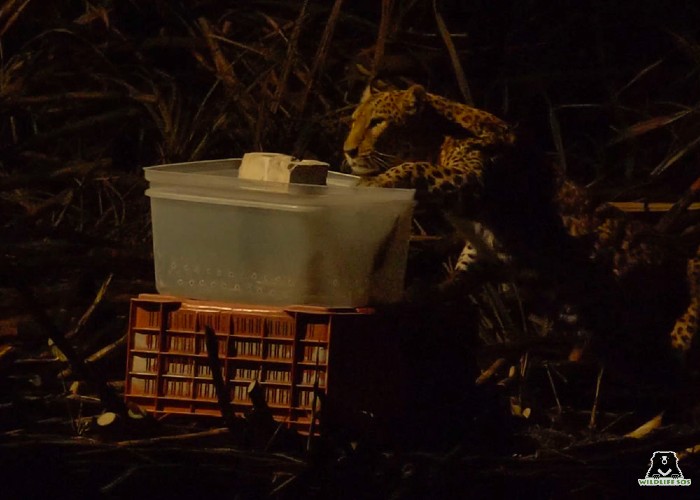
Since the Manikdoh Leopard Rescue Centre is nestled near the majestic Western Ghats, it gets a lot of visitors in the form of its reptilian residents. Animals such as the Bamboo Pit Viper, Monitor Lizard and the Indian Chameleon are some of the nocturnal inhabitants of this landscape. Documenting these animals also helps us get an idea of this area’s faunal diversity.
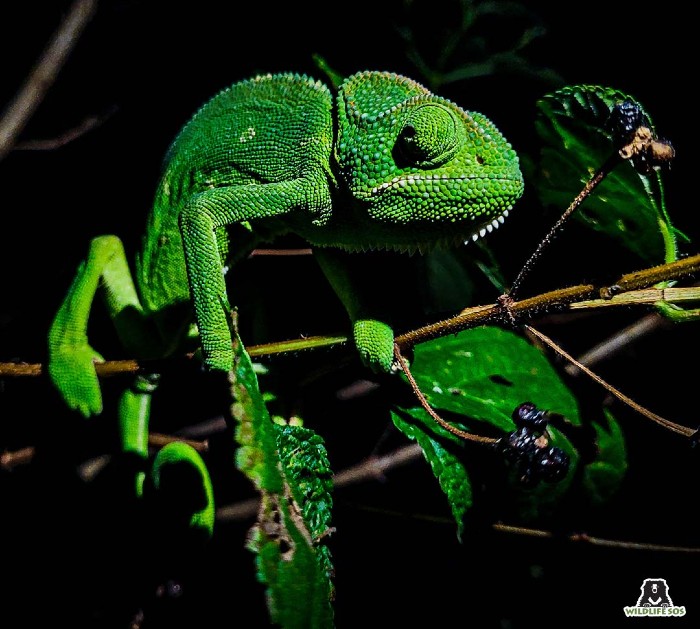
Adding strength to the Wildlife SOS nocturnal camp are the sloth bears, spread across our rescue centres. These large mammals are the most nocturnal of all living bear species. While sloth bears can be active any time of the day or night they are particularly active at dawn, dusk and in the darkness of the night. A unique project by Wildlife SOS which studied the denning patterns of sloth bears in the wild also helped us better understand the role of dens and their usage for expecting mother bears. This study also gave us a peep into sloth bear activities during the night.
The natural world is full of surprises and to think that there’s a parallel world out there, functioning actively at night to survive, is incredible. Knowing of their existence certainly is a motivator to protect their homes as we share this invaluable planet. You can become a monthly donor or sponsor for Wildlife SOS to support us in conserving wildlife, in order for them to thrive during both day and night.

